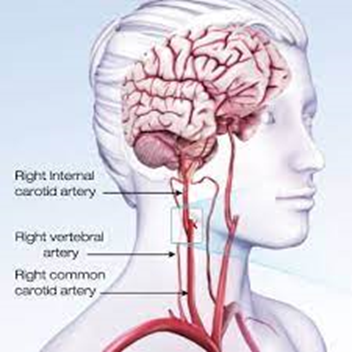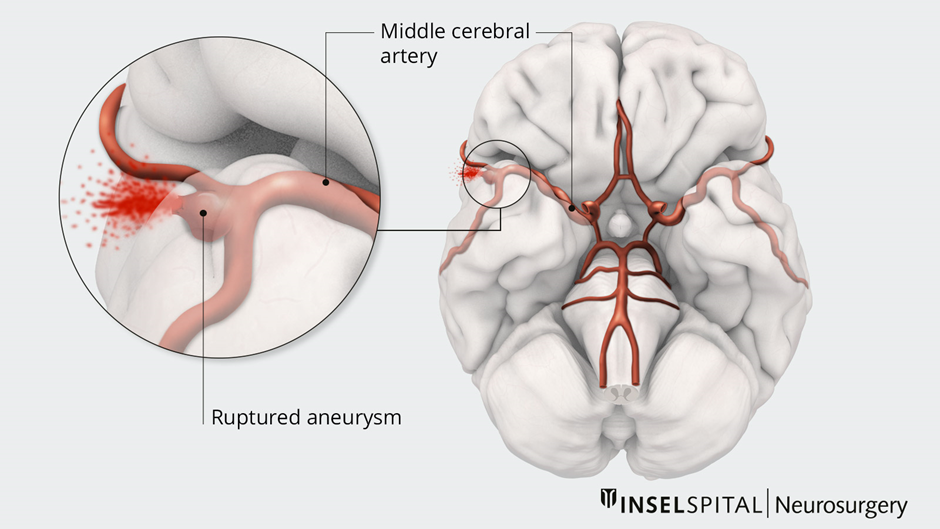A nurse is teaching a group of student nurses about populations at higher risk for multiple sclerosis. Which of the following demographics should be included in the teaching?
(Select All that Apply.)
African American clients
White American clients
East Asian clients
Hispanic or Latino clients
Navajo Indian clients
Correct Answer : A,B,D
Choice A Reason:
African American clients is appropriate. Research suggests that African Americans have a lower prevalence of MS compared to White Americans, but they tend to have more severe disease progression and higher disability rates when diagnosed with MS.
Choice B Reason:
White American clients: Individuals of European descent, including White Americans, have the highest prevalence of MS, particularly those of northern European ancestry. MS is more common in populations of northern European descent compared to other racial and ethnic groups.
Choice C Reason:
East Asian clients: East Asians, including individuals of Chinese, Japanese, and Korean descent, have historically had lower rates of MS compared to individuals of European descent. However, MS prevalence appears to be increasing in East Asian populations, possibly due to changes in lifestyle and environmental factors.
Choice D Reason:
Hispanic or Latino clients: Studies suggest that the prevalence of MS is lower in Hispanic/Latino populations compared to White Americans but higher than in African Americans. However, there is considerable variation in MS prevalence among different Hispanic/Latino subgroups.
Choice E Reason:
Navajo Indian clients: Native American populations, including Navajo Indians, have been reported to have a lower prevalence of MS compared to individuals of European descent. However, limited data are available on MS prevalence and incidence in specific Native American tribes, and more research is needed to fully understand the disease burden in these populations.
Nursing Test Bank
Naxlex Comprehensive Predictor Exams
Related Questions
Correct Answer is C
Explanation
Choice A Reason:
Prothrombin time (PT) is a laboratory test that measures the time it takes for blood to clot is incorrect. While PT may be part of a comprehensive evaluation in some cases, it is not typically the initial diagnostic test performed for a TIA. A TIA is caused by a temporary disruption of blood flow to the brain, often due to an embolus or transient blockage in a cerebral artery, rather than a primary disorder of blood clotting.
Choice B Reason:
Complete blood count (CBC) is incorrect. A complete blood count (CBC) is a common laboratory test that evaluates the cellular components of the blood, including red blood cells, white blood cells, and platelets. While CBC can provide valuable information about hematological conditions such as anemia or thrombocytosis, it is not specific to diagnosing the cause of a TIA. TIA is primarily a vascular event related to transient ischemia in the brain rather than a disorder of blood cell counts.
Choice C Reason:
Computerized tomography angiography (CTA) is appropriate. CTA is a non-invasive imaging test that combines computed tomography (CT) scanning with contrast dye to visualize blood vessels throughout the body, including those in the brain. CTA can help identify any blockages, narrowing, or abnormalities in the blood vessels supplying the brain, which may be contributing to the TIA. It provides detailed images of the blood vessels' structure and can help guide further management and treatment decisions.
Choice D Reason:
Transesophageal echocardiogram (TEE) is inappropriate. Transesophageal echocardiogram (TEE) is an imaging test that provides detailed images of the heart and major blood vessels using sound waves. While TEE may be indicated in some cases of TIA to evaluate for potential cardiac sources of emboli (blood clots), such as atrial fibrillation or cardiac valve abnormalities, it is not typically the first-line diagnostic test performed in the emergency department setting for evaluating a TIA. Initial imaging studies such as CTA or magnetic resonance imaging (MRI) of the brain are usually prioritized to assess for acute changes in cerebral blood flow and potential causes of the TIA.

Correct Answer is B
Explanation
Choice A Reason:
Keeping lights turned to medium level in the evening is incorrect. This intervention is aimed at reducing environmental stimuli, which may be appropriate for some patients with neurological conditions to minimize sensory overload and promote rest. However, it is not a specific intervention for preventing cerebral aneurysm rupture.
Choice B Reason:
Maintaining the head of the bed between 30 and 45° is correct. Keeping the head of the bed elevated can help reduce intracranial pressure and decrease the risk of cerebral aneurysm rupture or rebleeding in patients with aneurysmal subarachnoid hemorrhage. This position promotes venous drainage from the brain and helps prevent increases in intracranial pressure.
Choice C Reason:
Administering hypotonic intravenous solutions is incorrect. Hypotonic intravenous solutions have a lower osmolarity than blood plasma and can lead to cerebral edema, which may exacerbate intracranial pressure and increase the risk of cerebral aneurysm rupture. Isotonic solutions, such as normal saline (0.9% NaCl) or lactated Ringer's solution, are typically preferred for fluid resuscitation and maintenance in patients at risk of cerebral aneurysm rupture.
Choice D Reason:
Reposition the client every shift is incorrect. Repositioning the client every shift helps prevent complications associated with immobility, such as pressure ulcers, pneumonia, and venous thromboembolism. While important for overall patient care, repositioning alone does not directly address the risk of cerebral aneurysm rupture.

Whether you are a student looking to ace your exams or a practicing nurse seeking to enhance your expertise , our nursing education contents will empower you with the confidence and competence to make a difference in the lives of patients and become a respected leader in the healthcare field.
Visit Naxlex, invest in your future and unlock endless possibilities with our unparalleled nursing education contents today
Report Wrong Answer on the Current Question
Do you disagree with the answer? If yes, what is your expected answer? Explain.
Kindly be descriptive with the issue you are facing.
